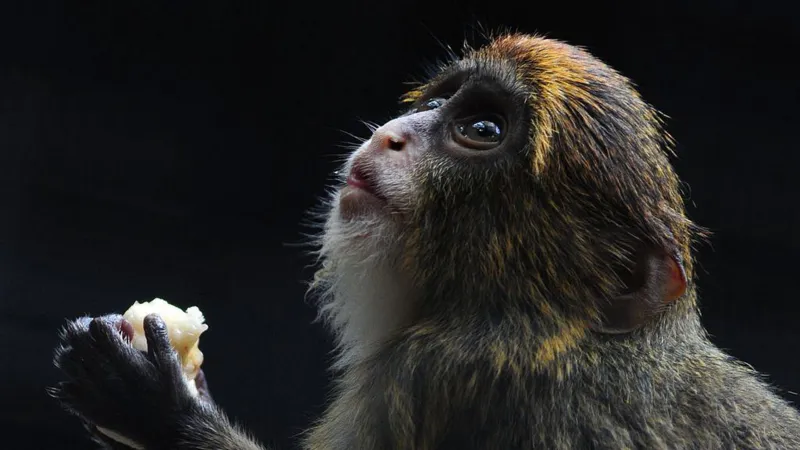Since the first eight deaths were recorded on October 13, the De Brazza’s monkey has been kept in isolation.
Authorities noted that a significant number of sepsis-causing germs discovered during autopsies most likely originated from tainted dirt close to the monkeys’ enclosures.
Hong Kong’s Culture, Sports and Tourism Secretary informed local television RTHK that workers digging up dirt close to the primates’ cages were thought to have carried in tainted soil through their shoes.
White-faced sakis, common squirrel monkeys, a De Brazza’s monkey, and the severely endangered cotton-top tamarins are among the 11 monkeys that were discovered dead earlier.
According to authorities, they passed away from melioidosis, an infectious condition that may be contracted by coming into touch with tainted water, air, or soil.
It is brought on by the soil-dwelling bacterium strain Burkholderia pseudomallei, which is endemic in tropical and subtropical areas.
It further stated that the 78 mammals that are still housed in the zoo are in “normal” health.
Since October 14, the mammals area of the 14-acre Hong Kong Zoological and Botanical Gardens, the city’s oldest park, has been closed for cleaning and disinfection.







